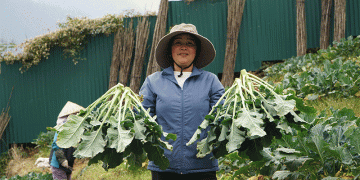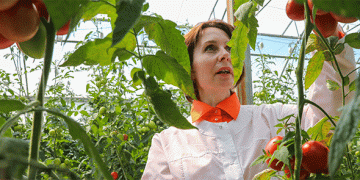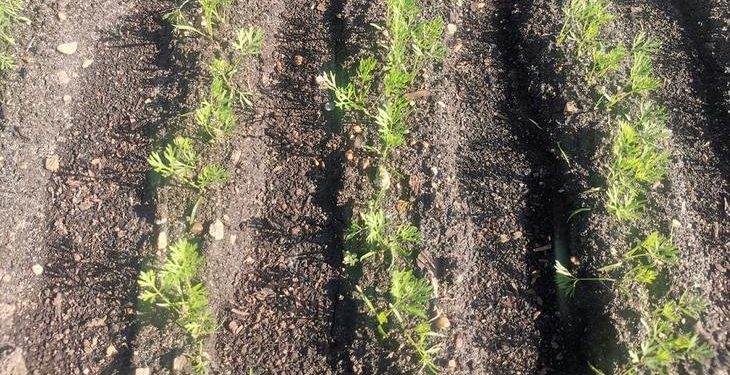Interagro Group experts recorded a reduction in carrot production by an average of 3% per year. The main reasons are the methodical reduction of sown areas, the lack of storage capacity and the lack of organized sales for small businesses.
Table carrot is one of the main vegetable crops, the production of which is steadily increasing in the world. Thus, the cultivated area of carrots, according to the FAO, for the period from 2000 to 2020. increased by 13%, gross harvest – by 1.9 times, reaching 1.1 million hectares and 41 million tons, respectively, by 2020.
Russia is one of the world leaders in the production of table carrots. However, producers face a number of systemic problems, including technological backwardness, slow introduction of innovations in production, rising prices for inputs, lack of organized marketing of products by small businesses, lack of storage capacity, and insufficient state support for open field vegetable growing. Against this background, for the period 2012-2021. there was a decrease in the area under carrots by an average of 3% per year in general for all categories of farms and in the organized segment. By 2021, the area under carrots has decreased from 59.5 to 45.3 thousand hectares.
Despite the reduction over the past 10 years, household farms still prevail in the structure of sown areas and gross yields: at the end of 2021, their share was 52% and 41%, respectively. Low innovative activity, the impossibility of introducing new technologies into production in these categories of farms in Russia lead to technological backwardness and, as a result, stagnation of the raw material base.
After some growth in 2019 in 2020-2021. Gross harvests of carrots in Russia continued to decline due to problems with yields due to adverse weather conditions, problems with attracting labor for seasonal work, as well as an increase in material costs for production due to the coronavirus pandemic. At the end of 2021, the production of raw carrots in Russia amounted to 1.3 million tons, which is 5% lower than the previous year.
These problems with Russia’s self-sufficiency in raw carrots support imports at the level of 10-12% of the total carrot resources per year. However, when assessed in terms of the volume of industrial cultivation of carrots in Russia (agricultural organizations), the share of imports exceeds 30%. At the end of 2021, the volume of carrot imports to Russia recovered after the impact of the coronavirus pandemic and amounted to 186 thousand tons, which is 17% higher than in the previous year. The main suppliers of carrots to Russia are Israel, China, Belarus, Egypt, Kyrgyzstan. Deliveries of carrots to Russia are characterized by pronounced seasonality. The largest volumes fall on March-July – during the period of shortage of domestic carrots on the market.
According to the forecasts of the Ministry of Agriculture of Russia, the production of open ground vegetables in Russia by 2025 should increase by 25% compared to the level of 2020. At the same time, the expert community emphasizes that at present state support for the vegetable growing industry is insufficient. Vegetable producers are supported as part of a stimulating subsidy, the size of which is being reduced. So, for 2022, 20 billion rubles have been allocated for this measure. at the level of 2021 of 25 billion rubles. There is also a decrease in the number of vegetable farms. Under these conditions, business points to the need to develop a program of comprehensive support for open field vegetable producers.
According to the experts of Interagro Group of Companies, without a significant increase in the volume and expansion of state support measures, the acreage under table carrots in Russia will continue to decline. “According to our forecasts, we can lose an average of 3-5% of the area per year. At this rate, by 2026 they may drop to 39,000 hectares,” comments Roman Nuriev, Commercial Director of Interagro Group of Companies. “Under these conditions, a significant increase in the gross harvest of carrots cannot be expected,” the expert emphasizes.































